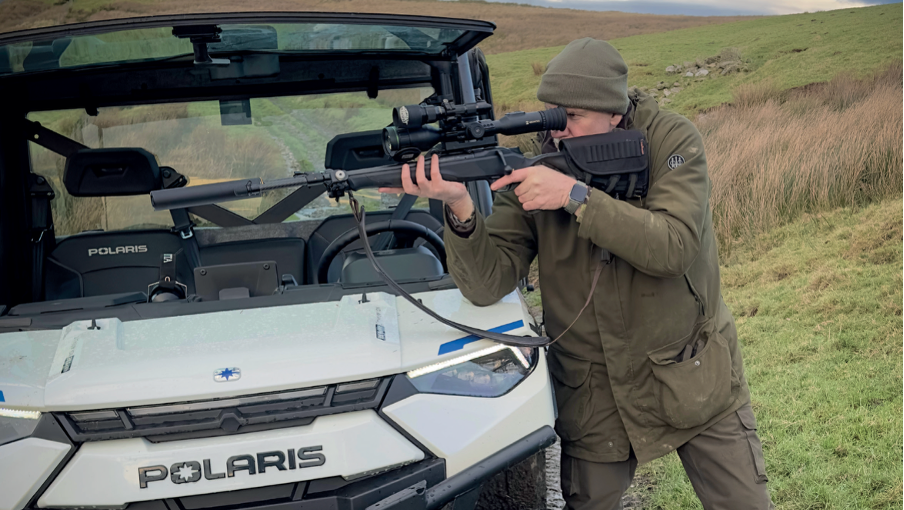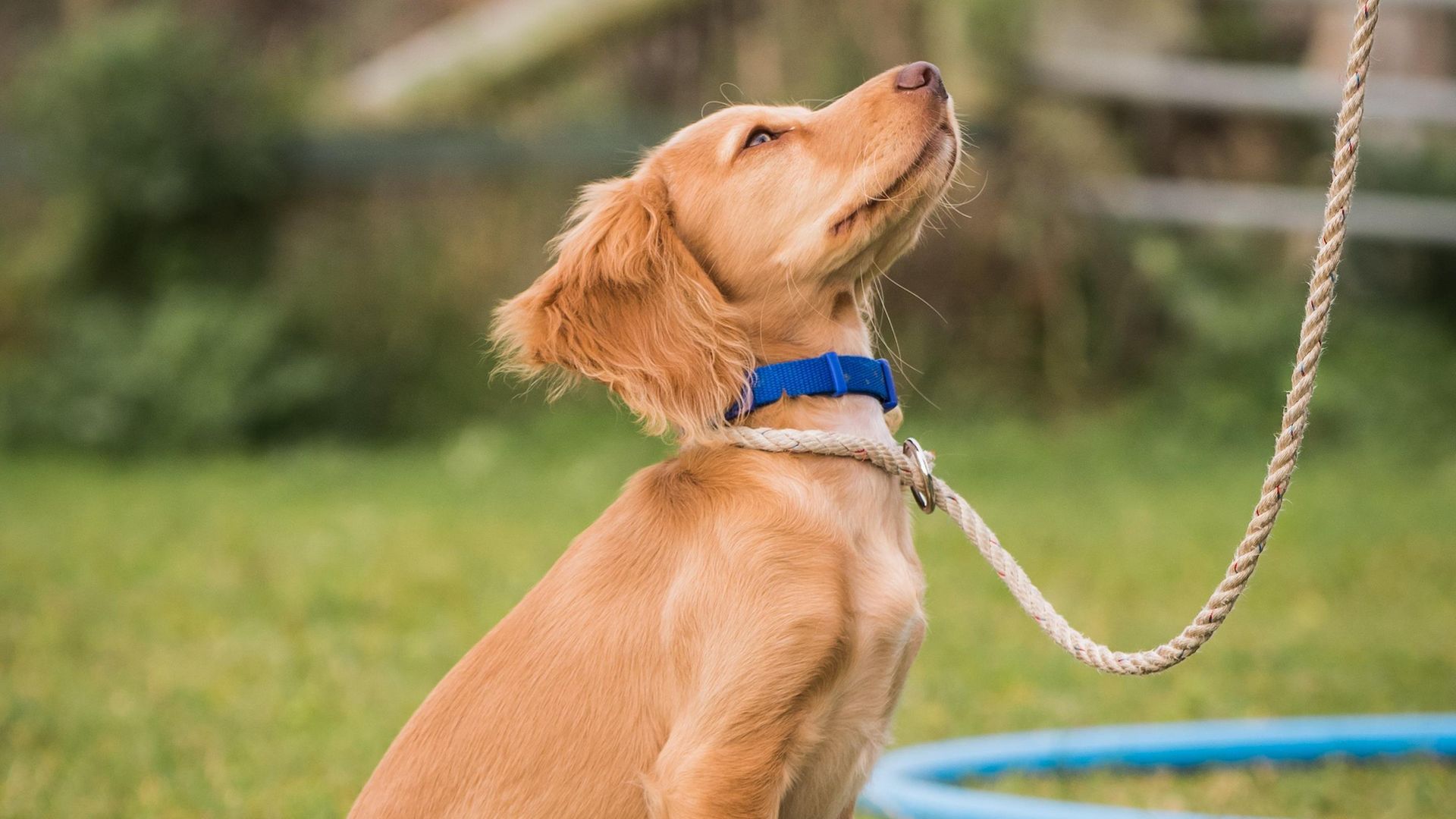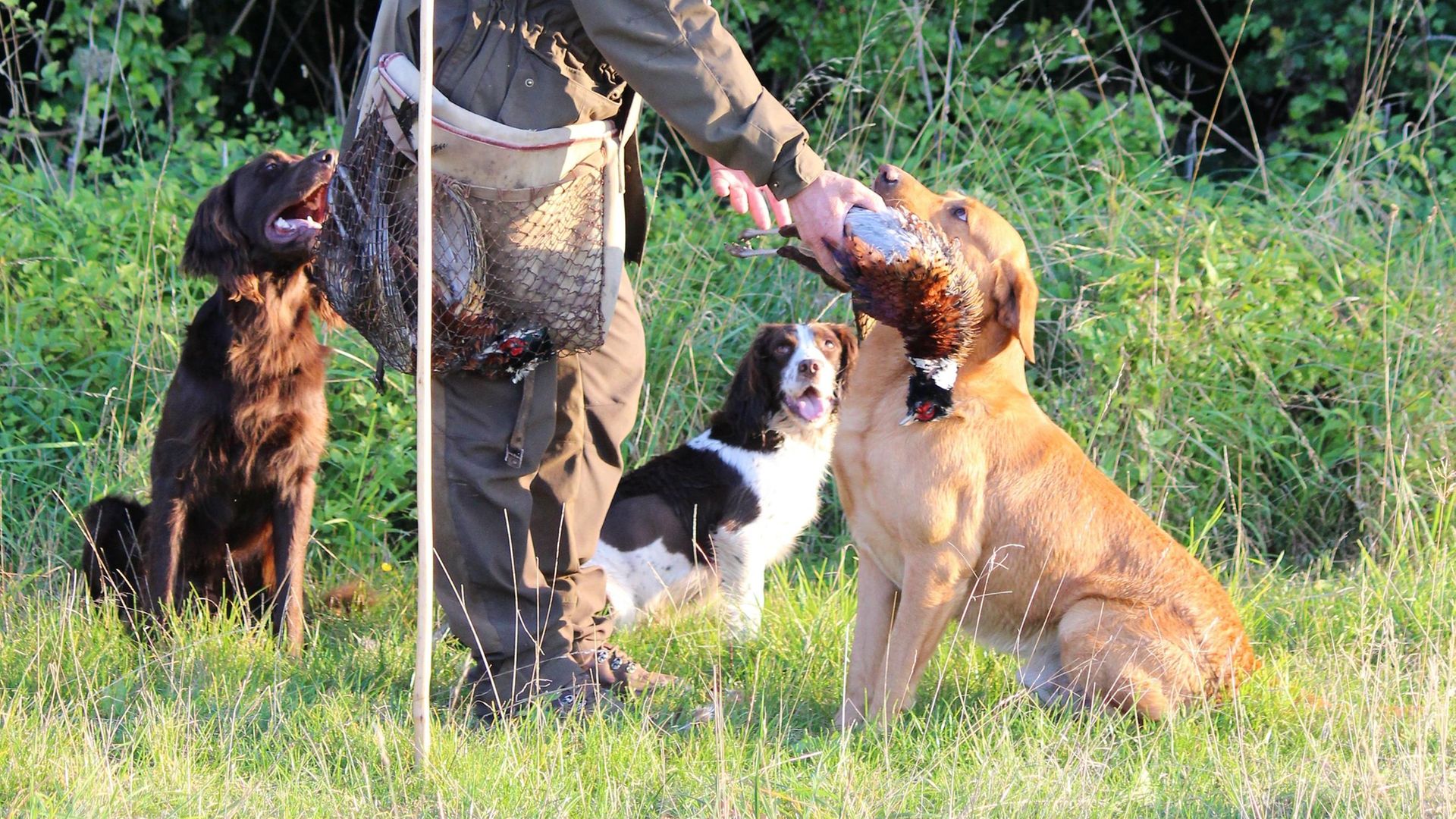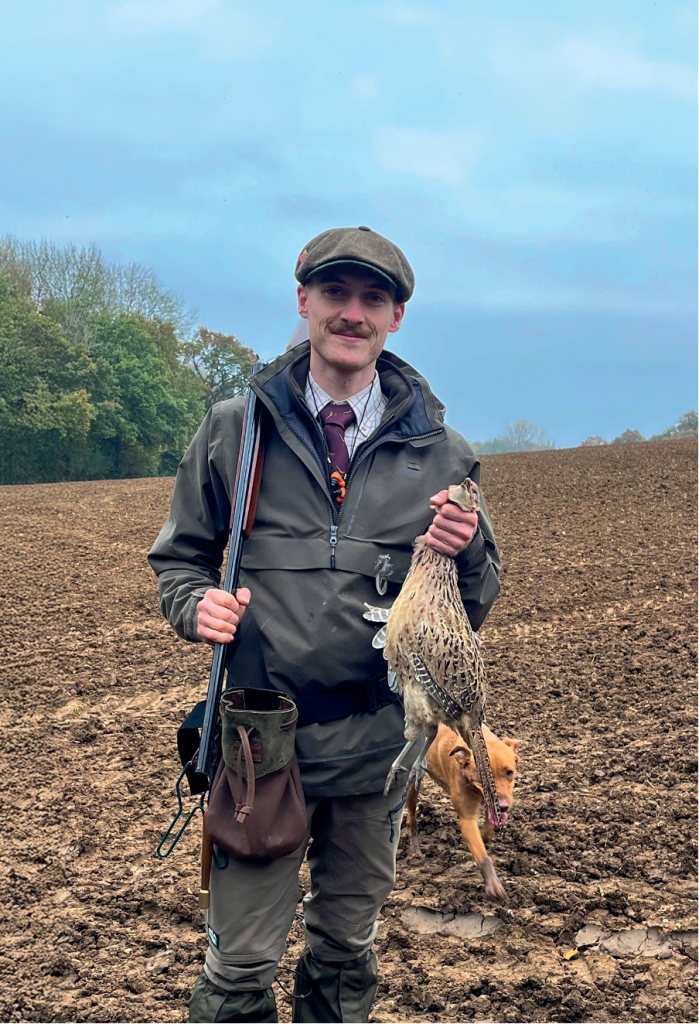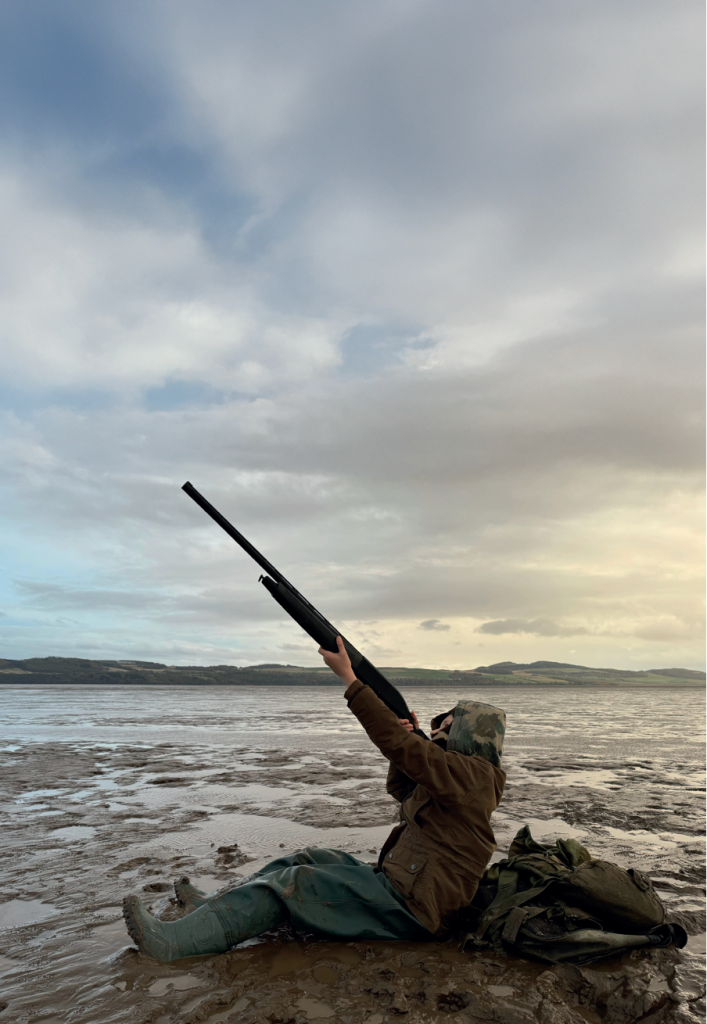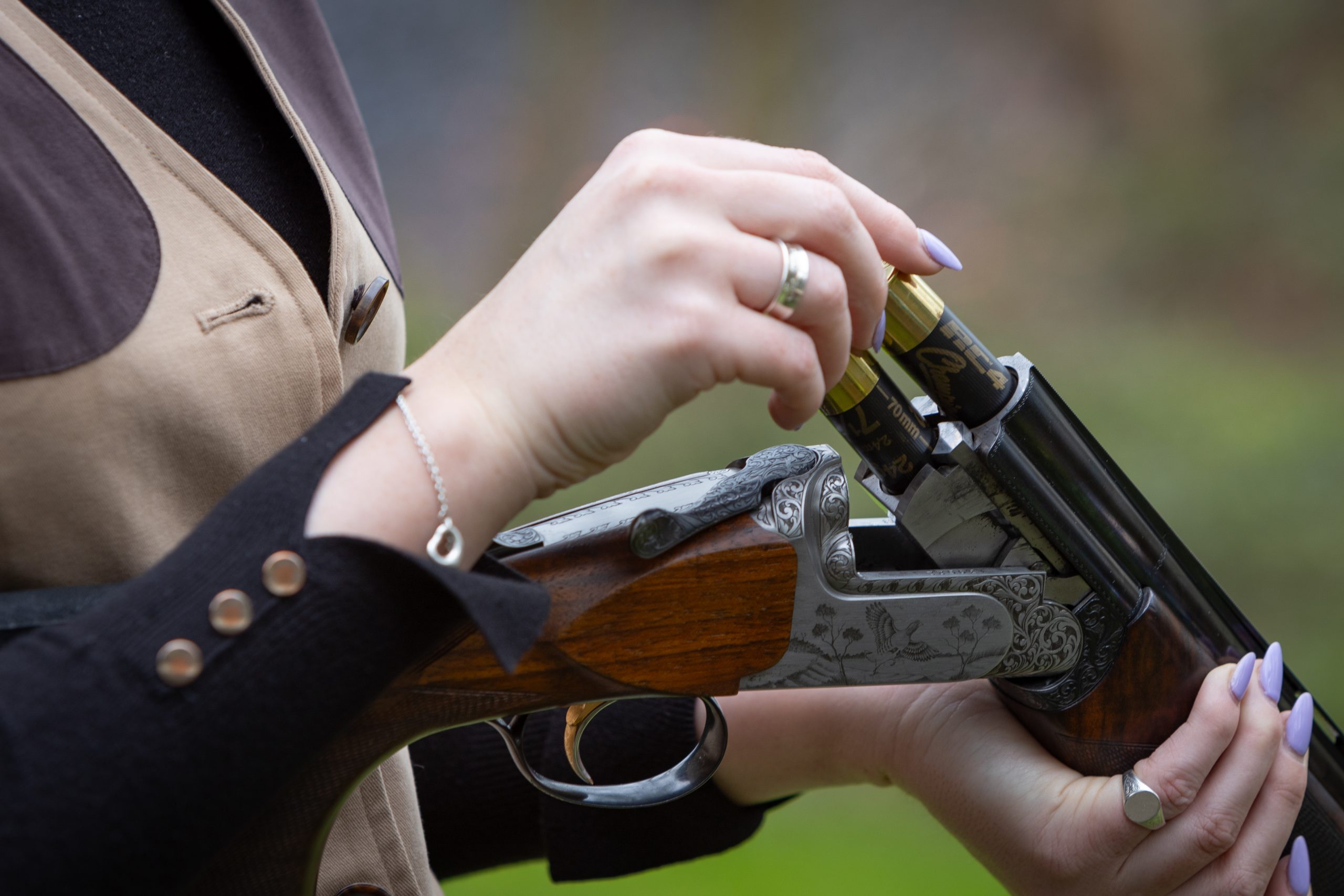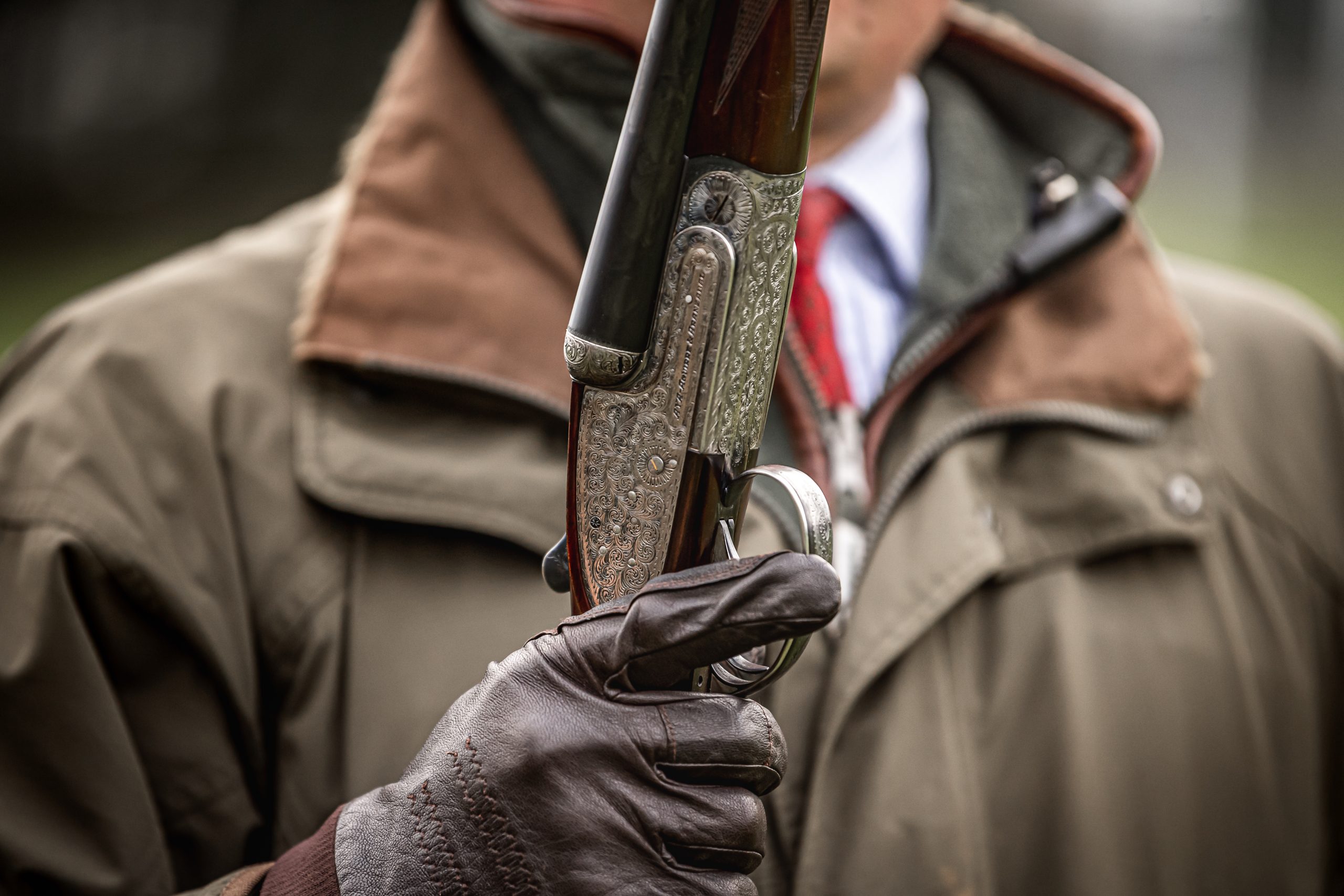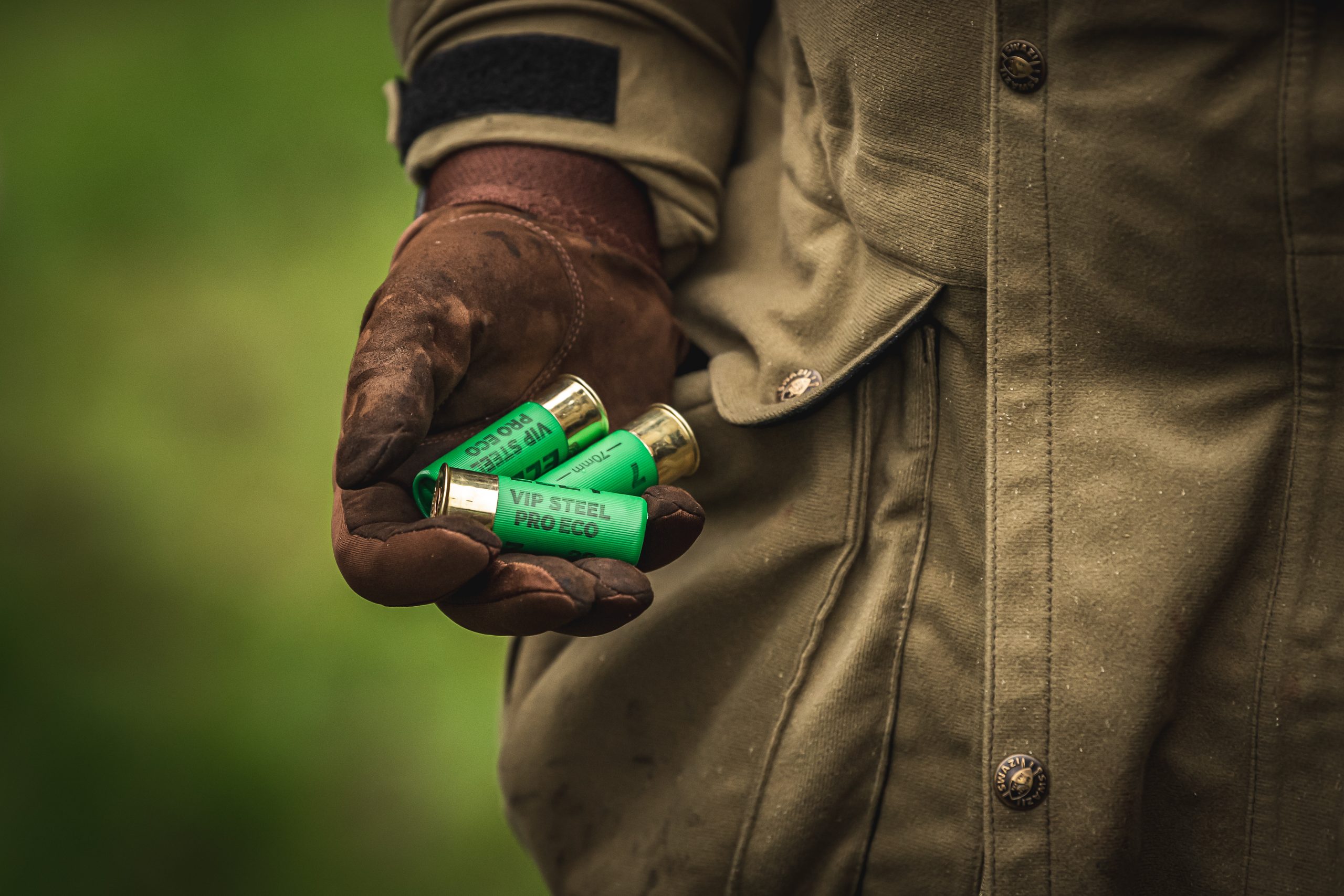Gundogs
Shooting
Why gundogs refuse to retrieve… and how to fix it!
Would you like to appear on our site? We offer sponsored articles and advertising to put you in front of our readers. Find out more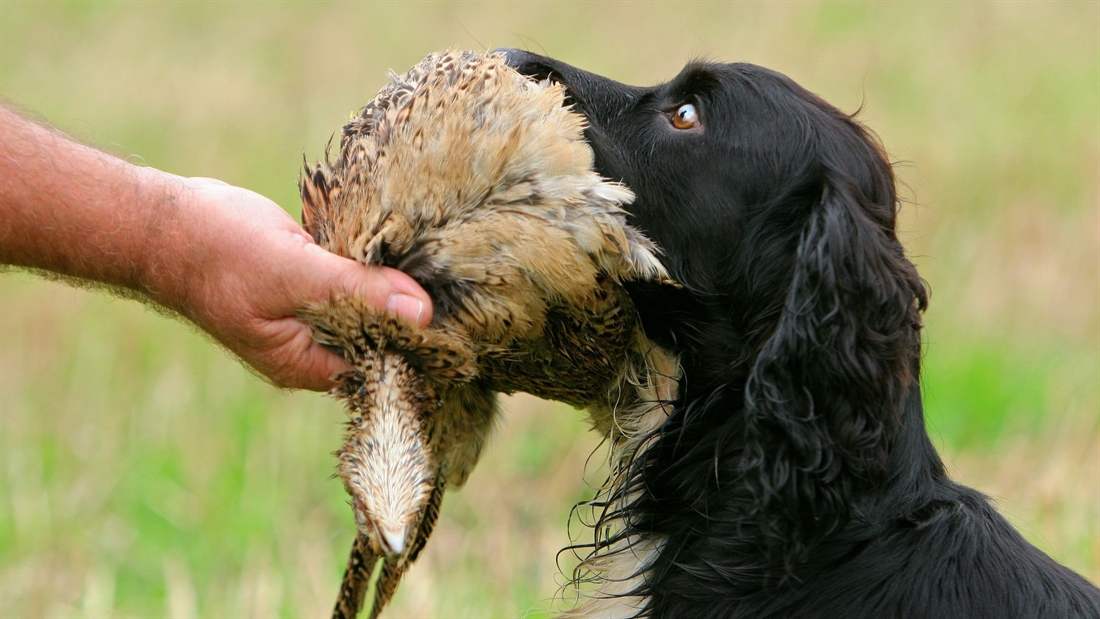
What do you do if your gundog refuses to give the dummy back to you? Howard explains some of the key reasons behind this behaviour and how to fix the problem…
Schooling our dogs to deliver dummies and game to hand is generally accepted as an essential element of gundog training. Our prime objective when working in the shooting field is to find and retrieve shot and wounded game as quickly and humanely as possible. With this in mind, it is absolutely necessary that we train our dogs to bring game directly to hand and not release it until asked to do so. Most handlers choose the command, ‘Dead’ or ‘Drop’ to trigger the release of the bird.
In my experience, most puppies will maintain a hold on most items that they have brought to us, only choosing to let it go when encouraged to do so. It’s important to note that it will be this early interaction with the trainer or other humans that will determine the youngster’s choice of behaviour as we manage and manipulate its development. Most problems start to occur as soon as we start to train the puppy. More often than not, delivery to hand problems start when the puppy is really young and are usually caused by the pup’s interaction and experience with human beings.
Let’s think about it for a minute. If, when you sit on the kitchen floor with an eight-week-old puppy and gently wiggle then slide a small knotted handkerchief across the floor, your puppy chooses to toddle out, pick it up and then come back and plonk itself on your lap… then what exactly is it that causes delivery issues in future?
There are multiple reasons why a young dog will choose not to bring a dummy back to you and/or drop it just before reaching you. Let’s take a look at some of these!
Refusing to retrieve due to possession
If your dog rushes out to the dummy, lifts it, but then either runs around with the dummy in its mouth or stands and challenges you to a game of chase, this would generally be described as your dog being ‘possessive’. This behaviour will usually be directly related to general obedience – or, in this case, a lack of it. But if we think about it logically, we can overcome the problem.
Further recall training, starting from the beginning (rewarding with food for an instant response to recall) will continue to build a conditioned response. Done correctly and with the patience of a saint, reward-only trainers would argue that this would get us to where we need to be. Personally, I would suggest that we need to continue to reward for an instant response but use a long line or lead and a sharp change in direction to teach the dog that a quick and prompt return to you brings reward but also avoids correction.
This initial recall training would probably best be carried out away from the game of retrieving. However, because the dog has such a high regard for the dummy, hence the reluctance to surrender it to you, we might consider using the dummy to reward.
How to solve possession-fuelled retrieving issues
If your dog will just take a dummy from you and carry it, then we can start by fitting a lead and offering the dummy to the dog. As soon as he takes it, start to walk, encourage the dog to walk quietly at heel, no pressure, just a jolly, happy go- lucky pace. Your objective is to give the dog an opportunity to have possession of the dummy whilst being close to you, but importantly you are not challenging him for the ownership of it. At least not for the moment anyway!
Choose your moment to ask the dog to surrender possession of the dummy to you. There are no hard and fast rules at this point, just that once you decide that you want the dummy, you are both decisive and skilful at persuading the dog to allow you to TAKE IT. I’ve highlighted the words ‘take it’ because you must leave the dog in no doubt that this is what is going to happen.
With some, you’ll simply be able to stop, reach out and take the dummy; with a few, you might be able to ask the dog to sit before delivery. My choice is to suddenly reverse backwards, moving quickly away from the dog, encouraging him to move towards you. At this point, there should be nothing about your body language or hands that suggests you want the dummy. Keep your hands low and tap your thighs, and this will stop you signalling with them. At the moment the dog catches up with you, take the dummy. Phew! Immediately praise the dog and offer the dummy back to him. Then, off we go again.
This will probably be the best strategy as it’s important to remember that we’re ‘here’ – because the dog was possessive with the dummy so might still be reluctant to give up their prize.
Using a long line to encourage retrieves
Assuming the dog is now responding well to a recall command, we can start with some retrieves on a long line. Set up your retrieve as normal, ensuring that the dummy is thrown or placed well within reach of the line’s length. If you throw the dummy too far it will result in the dog running hard into the end of the line before it reaches the dummy. Whilst unfair and very unpleasant for the dog, in some cases this would discourage the dog from attempting a retrieve when sent. Clearly, the confusion caused by being told it can go, then being stopped abruptly, albeit by accident, can really worry and confuse the dog.
When sending the dog, allow the line to flow freely through your gloved hand as the dog races to the dummy; this avoids any unwanted slack in the line and enables the handler to be able to give an effective tug on the line as soon as the dog picks up the dummy. Getting this element right will also help with avoiding the line getting underneath the dog and between its legs, as this will often result in the dog becoming entangled.
As with so many articles on dog training, we are doing our very best to explore a subject that is really quite complex. When I sat down to think about this one, I thought it would be straightforward. Each time I mention something, I’m suddenly aware, ohhh, I can’t write that without explaining this other bit, which in turn leads to more.
It worries me when offering advice that I’m not covering all of the other bits that should really be discussed. For me, discussing and talking about dogs is something I do almost all day, every day. I have to be grown up and recognise that as your eyes glaze over and your attention wanders that it’s time to stop.
In early life, one of my favoured mentors told me you should “leave them wanting more”. As it happens, that’s also a really important element of your skill set when working with dogs.
Health and Safety
Whilst we are on the subject of the use of long-lines, it’s important to note that many handlers end up with rope burns or serious injuries to their limbs as a direct result of the long-line. As with all aspects of dog training this is a practical skill, even in the most experienced of hands the line is at best a nuisance. Do not underestimate just how much of a knotted and dangerous mess first time users will get in. Getting entangled or being caught out by a dog that ‘runs in’ can be extremely painful. Wear lightweight gloves and you need to ensure that any trailing line is always out in front of you.
Related articles
Driven
Vegan to hunter
Emily Damment tells the extraordinary story of one man’s transformation from full veganism to harvesting his own wild meat, with plenty of lessons to learn along the way.
By Time Well Spent
Wildfowling
Generation game
James Green recounts an unforgettable week of wildfowling on Scotland’s Tay estuary, where three families shared the joys, challenges and triumphs of outdoor adventures
By Time Well Spent
Manage Consent
To provide the best experiences, we use technologies like cookies to store and/or access device information. Consenting to these technologies will allow us to process data such as browsing behavior or unique IDs on this site. Not consenting or withdrawing consent, may adversely affect certain features and functions.
Functional Always active
The technical storage or access is strictly necessary for the legitimate purpose of enabling the use of a specific service explicitly requested by the subscriber or user, or for the sole purpose of carrying out the transmission of a communication over an electronic communications network.
Preferences
The technical storage or access is necessary for the legitimate purpose of storing preferences that are not requested by the subscriber or user.
Statistics
The technical storage or access that is used exclusively for statistical purposes.
The technical storage or access that is used exclusively for anonymous statistical purposes. Without a subpoena, voluntary compliance on the part of your Internet Service Provider, or additional records from a third party, information stored or retrieved for this purpose alone cannot usually be used to identify you.
Marketing
The technical storage or access is required to create user profiles to send advertising, or to track the user on a website or across several websites for similar marketing purposes.


